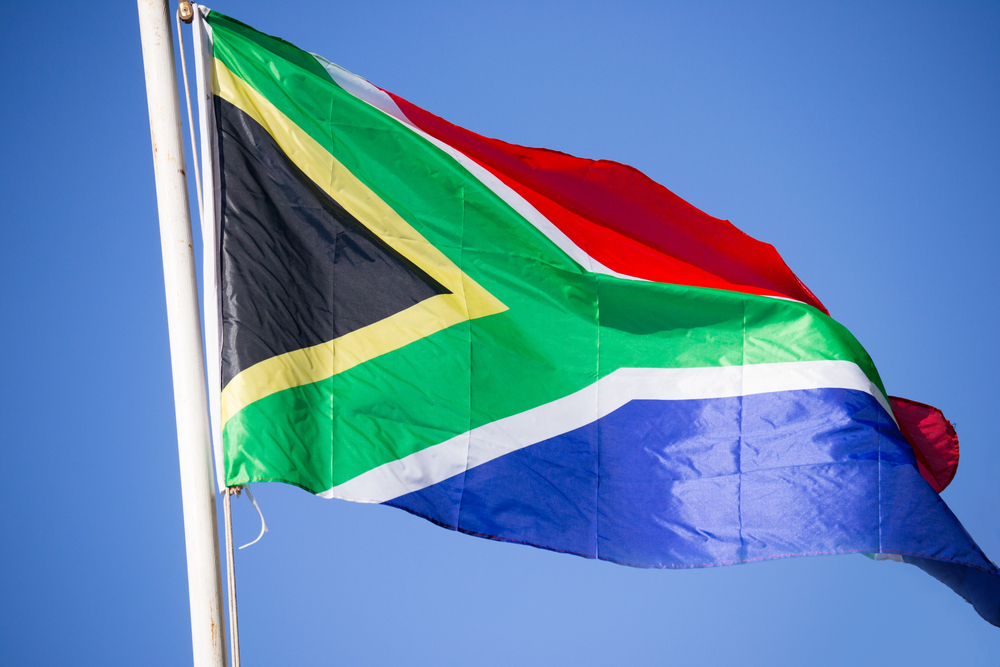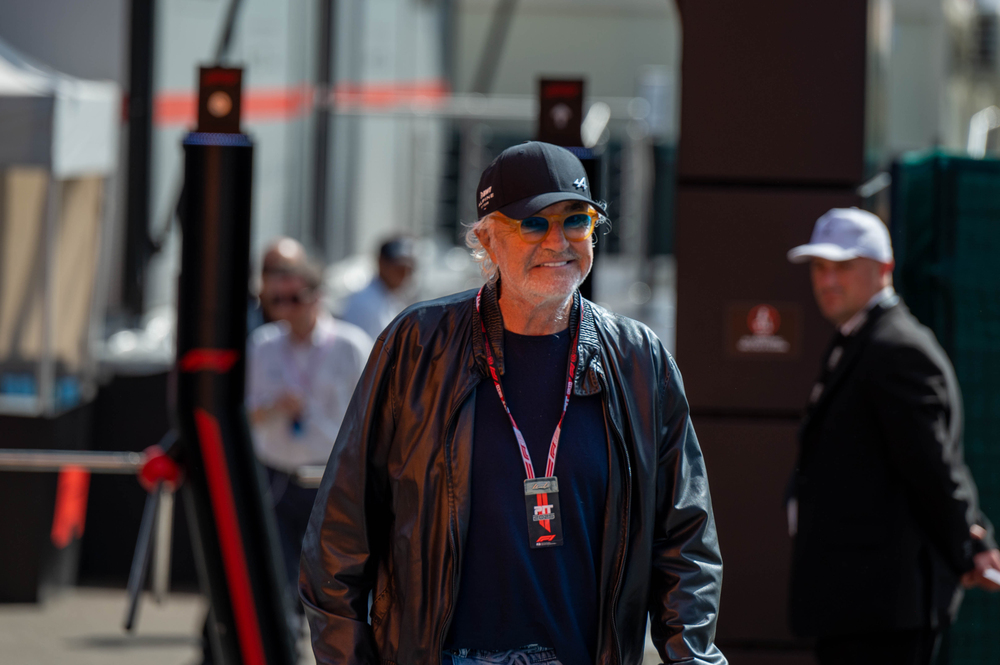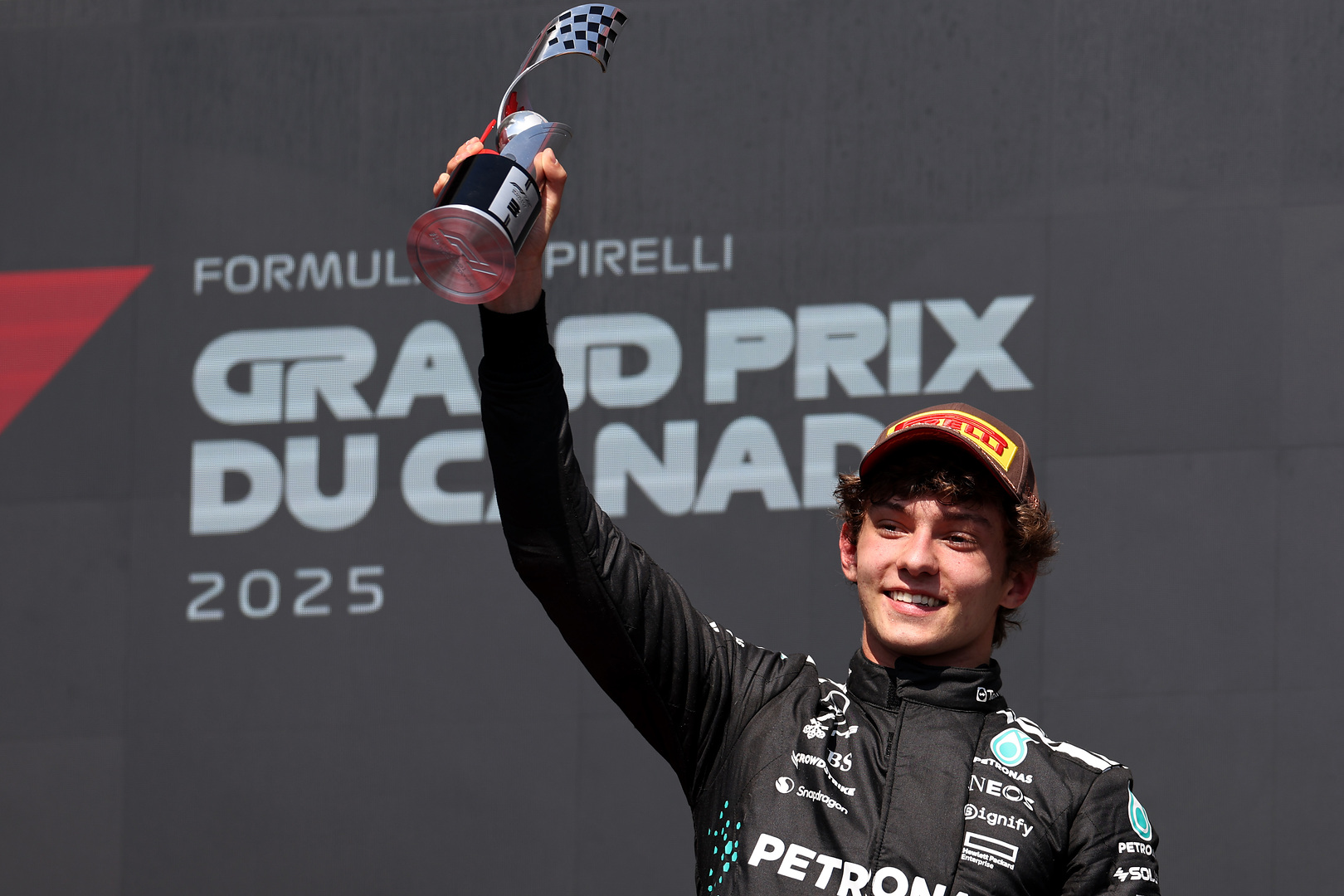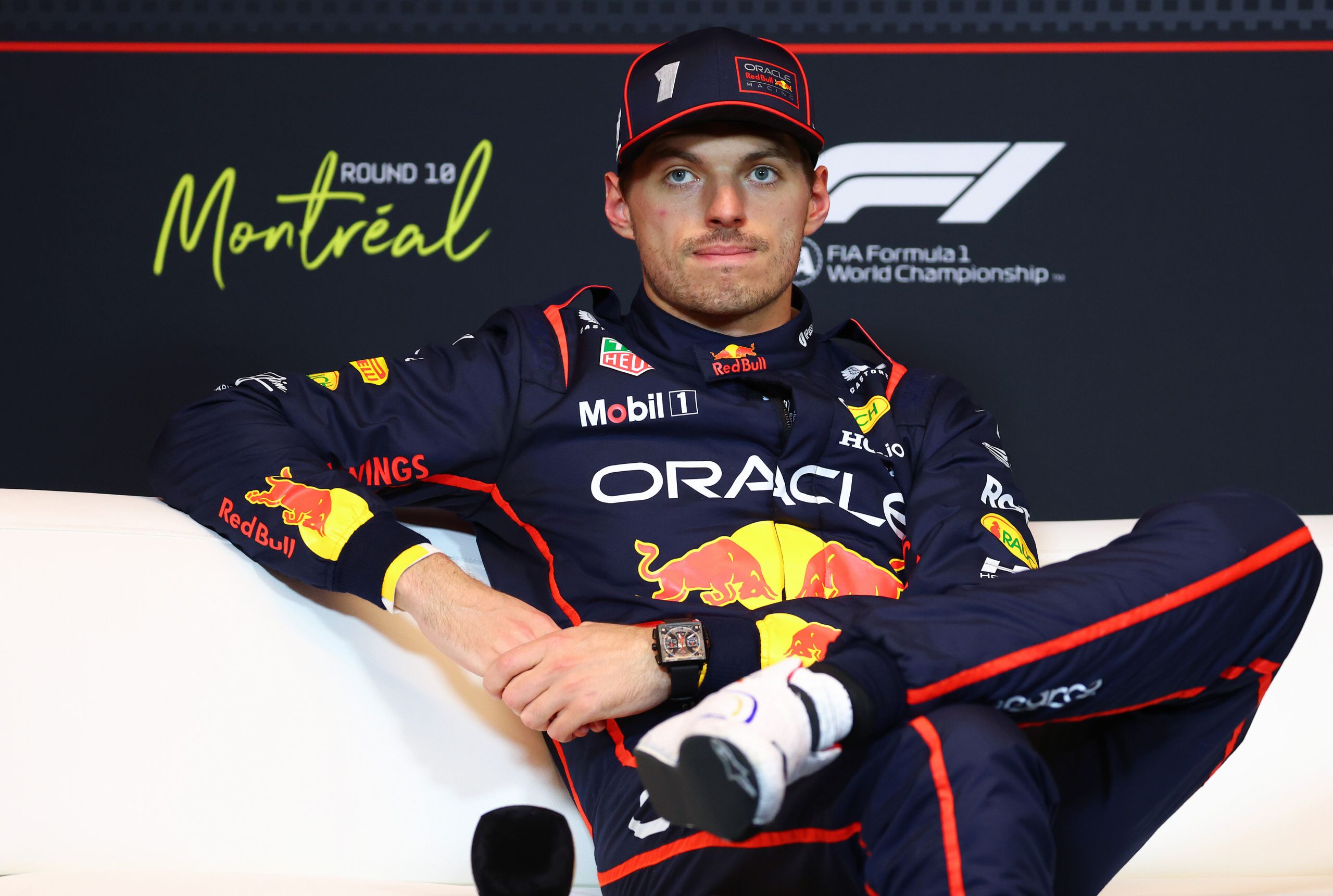Formula 1 Needs To Stop Its Obsession With Street Circuits
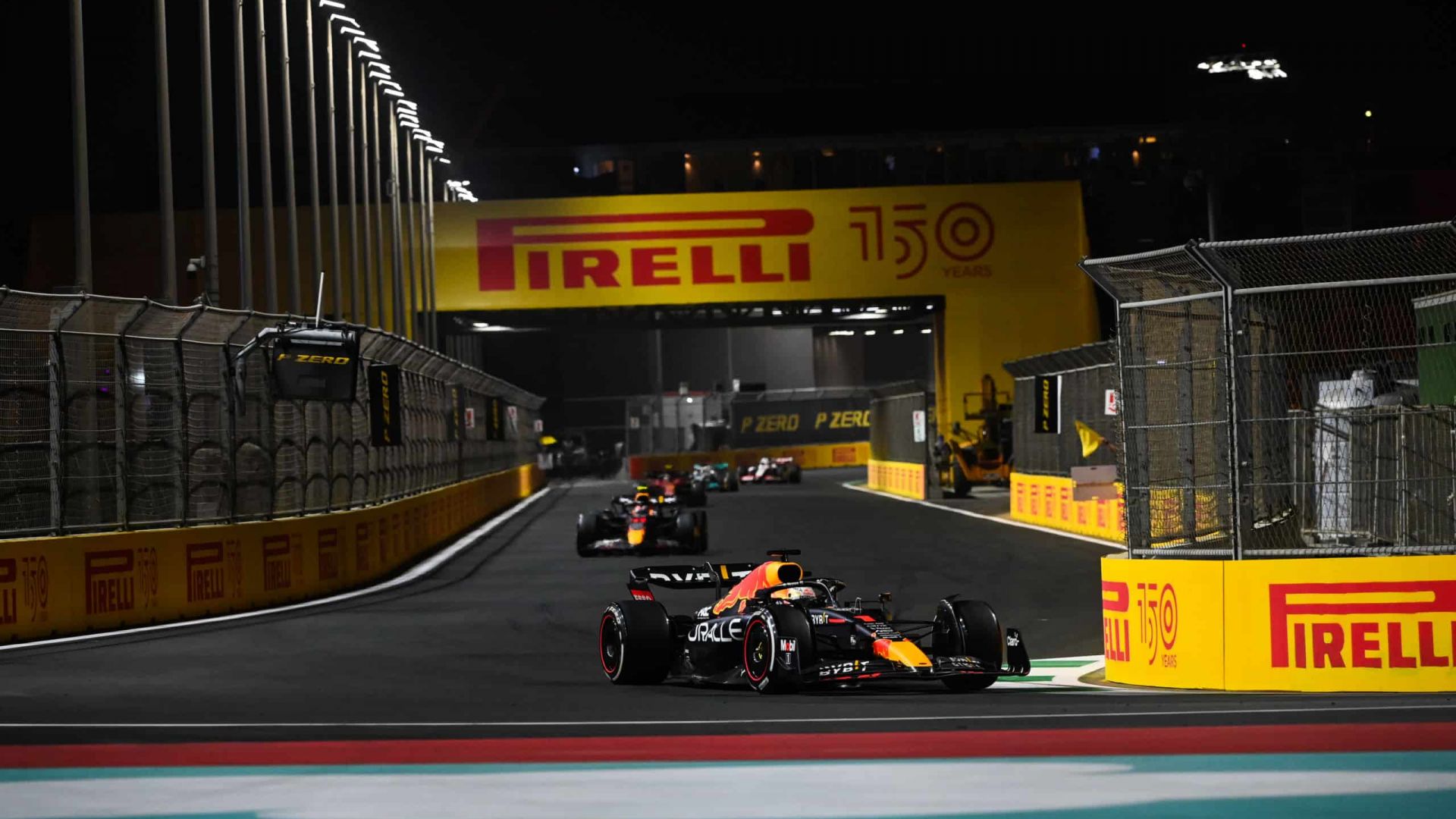
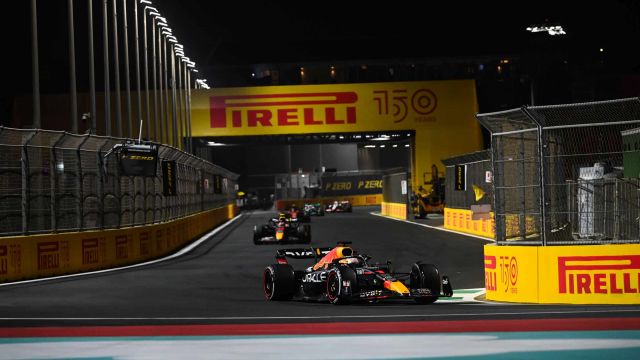
It’s becoming more and more painfully obvious that Formula 1 needs to stop its obsession with street circuits. What was once a novelty a few times a season is now becoming more prevalent than ever before, to the detriment of the sport.
Formula 1 announced this week that the Spanish Grand Prix will be moving to a new street circuit in Madrid for 2026 onwards. This continues the trend of new venues entering the sport at the expense of more traditional venues and street circuits are more often than not chosen over purpose-built tracks.
So, how has this happened? And is this a trend that we’re likely to see continue as the 2020s enter their latter stages?
Formula 1 needs to stop its obsession with street circuits
Back in the early days of Formula 1, Monaco was the only street circuit on the calendar. The streets of Monte Carlo were a truly unique event in every sense and the racing was the true exception to the rule.
Other street circuits, most notably in the United States, popped up in the 1970s and 80s, but none stood the test of time. These were a mixed bag, but most like Dallas and Caesar’s Palace were a flop and made headlines for all the wrong reasons.
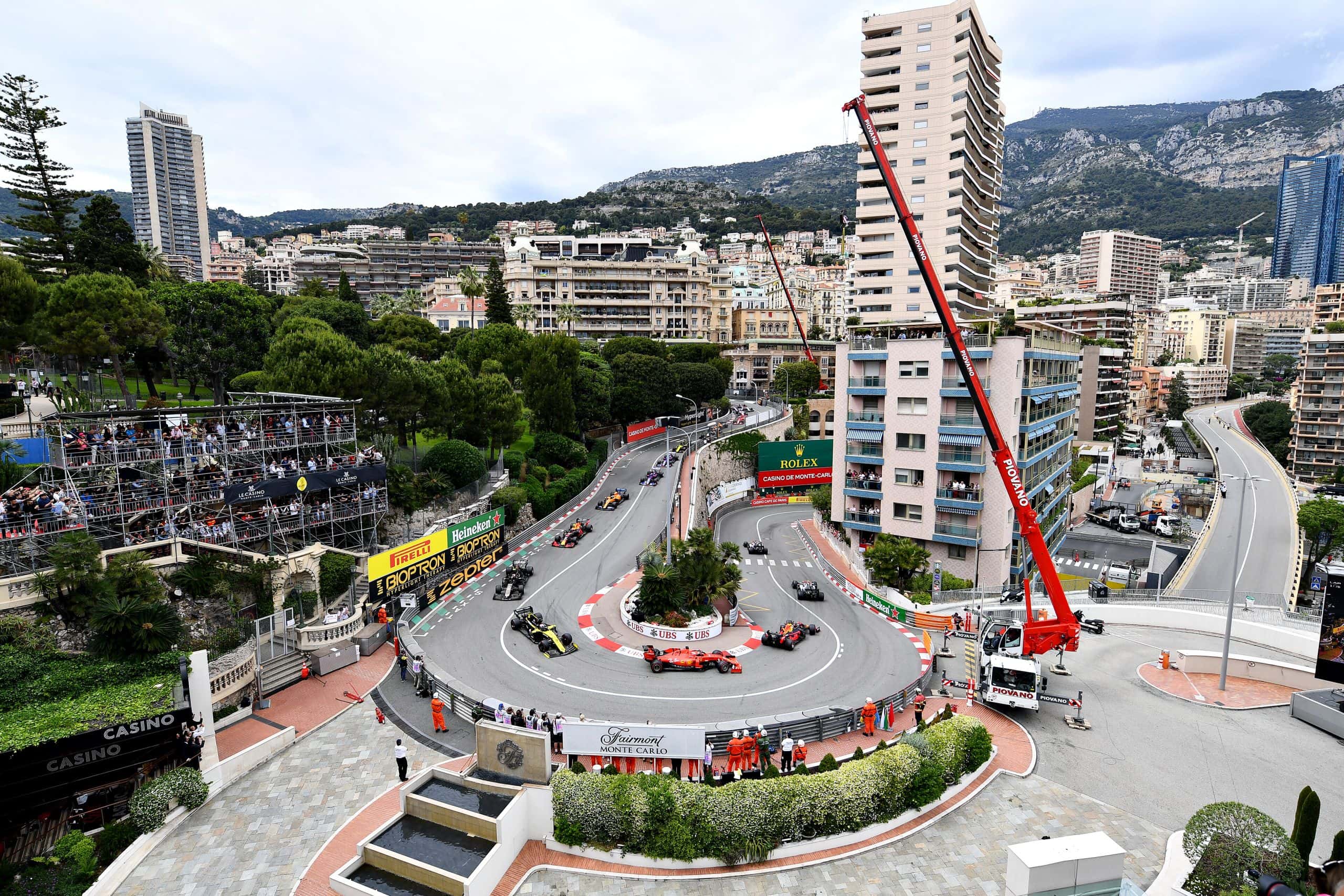
Things changed in 2008, though, as Singapore became Formula 1’s first night race around Marina Bay. The circuit in the Southeast Asian city-state was a unique challenge for the F1 drivers, as its tight corners, high heat and humidity and low grip surface made it an extremely punishing two hours of racing.
While tracks such as Australia’s Albert Park and Canada’s Circuit Gilles Villeneuve could be classified as street circuits, Singapore was the second out-and-out permanent city track of the modern era.
Things were all about to change in 2016, though…
Liberty ushered in a street circuit epidemic
One of the more surprising additions to the calendar was that of Azerbaijan’s Baku Street Circuit in 2016. While most criticised the new track, those would also have to concede the circuit was a unique challenge because of its high-speed nature, which contributed to excellent races in 2017 and 2018.
Baku either produces an excellent race or a complete dud or an instant classic, so it justifies its place on the calendar from a purely racing point of view. The start of 2017 saw Liberty Media take control of F1 and this would see the street circuits turn up to 11.
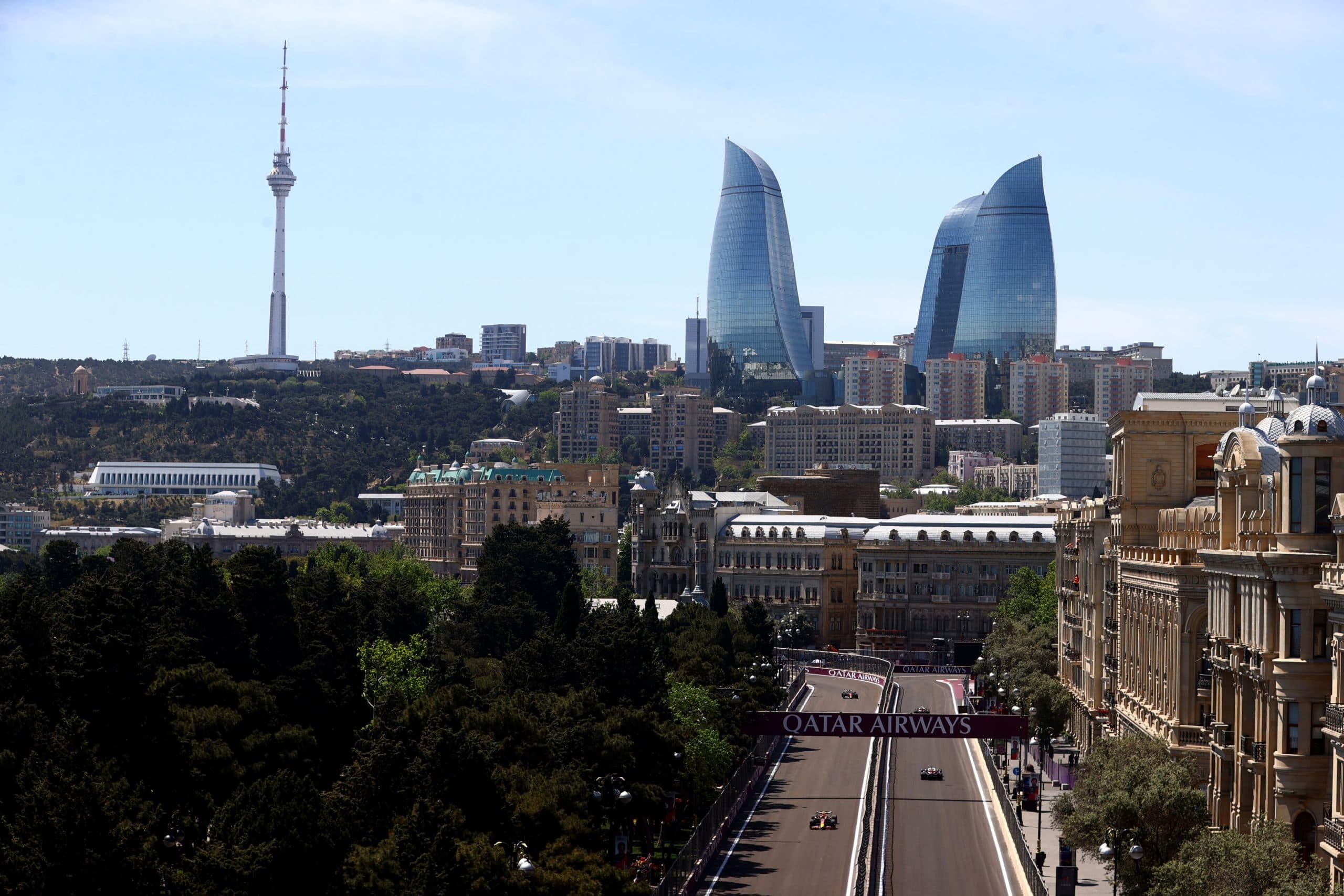
Seeing the potential revenue growth available in the United States, Liberty wasted no time in adding a second and third US-based Grand Prix. 2022 and 2023 saw the introduction of the Miami and Las Vegas Grands Prix, both at street tracks.
Well, technically Miami takes place in the Miami Dolphins’ car park, but we’ll be kind and call it a street circuit.
That’s all without going into the Saudi Arabian Grand Prix being hosted around the streets of Jeddah either, which is the most controversial and arguably dangerous location F1 goes to and there is some serious competition for that dishonourable accolade as well!
All of this could’ve been forgiven to an extent, as these tracks haven’t directly replaced any pre-existing circuits. The announcement of the change in venues for Spain, though, is beyond farcical.
The final nail in the coffin
Barcelona’s Circuit de Catalunya isn’t the most popular in F1 and has been near the top of most fans’ “first to drop” lists. Despite being on the calendar since it was built in 1991, races have historically been dull, thanks in part to pre-season testing taking place at the track.
However, changes to its layout such as removing the final chicane and good races in the last few years have reinvigorated interest in the circuit. Rumours of Spain being dropped from the calendar had been rife, but these were put to bed in the most emphatic of fashions this week.
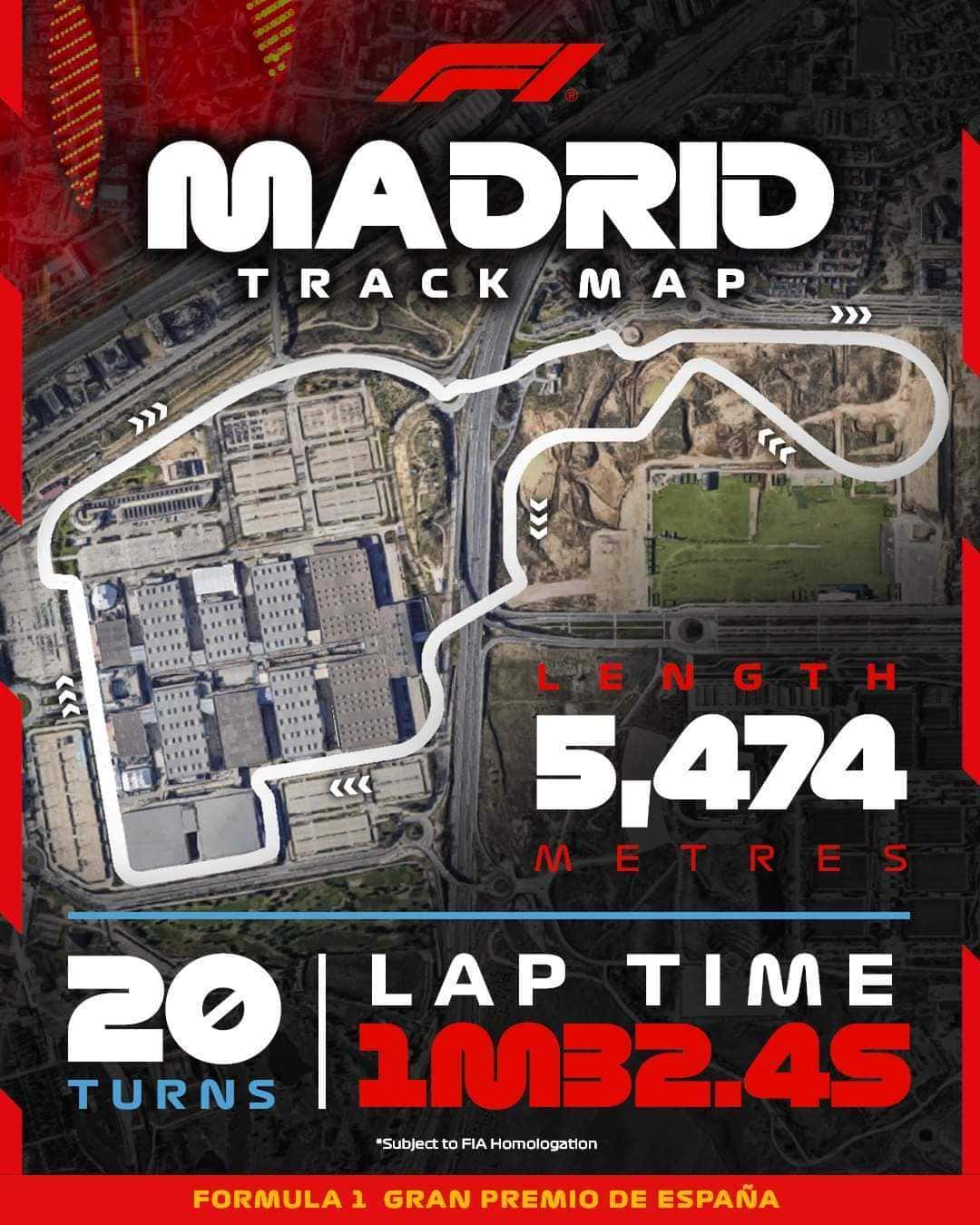
To everyone’s surprise, the Madrid Street Circuit will replace Barcelona from 2026 onwards. According to F1, this isn’t a street circuit, but a “Hybrid” track with both traditional and street circuit sections. Anybody who has seen the layout of this, though, will know it’s a street track and an abysmal one at that.
It’s tragically ironic that this is in Spain as well, the same nation which has the Valencia Street Circuit as well, and the less said about that, the better. Newer F1 fans won’t have even heard of the track, which now lies abandoned and derelict.
Madrid looks as flat as a pancake, totally uninspiring and there doesn’t look to be any proper overtaking locations either.
F1 is aiming to go carbon neutral by 2030 and there’s no doubt that they’re pushing this narrative with Madrid. They’ve made a big point of letting everyone know that this track will be accessible by public transport.
While that is a good thing, it’s completely ignoring all of the CO2 that will be produced by constructing and dismantling the circuit every year, as well as the absolute chaos that’ll cause in this area for traffic. The Madrid Street Circuit will be about as environmentally friendly as a coal power plant.
The future isn’t bright…
Once the rot sets in, it’s difficult to reverse course, and that’s how we can best describe street circuits in Formula 1. Spain may be the first to try this move, but it won’t be the last. There have been strong rumours of Qatar changing from Losail to a Doha Street Circuit in the next few years.
The rumours about Silverstone being replaced with a London Grand Prix track aren’t going away either, despite almost everybody who loves racing wanting them to. How has this happened, though? What’s F1’s philosophy around street circuits?
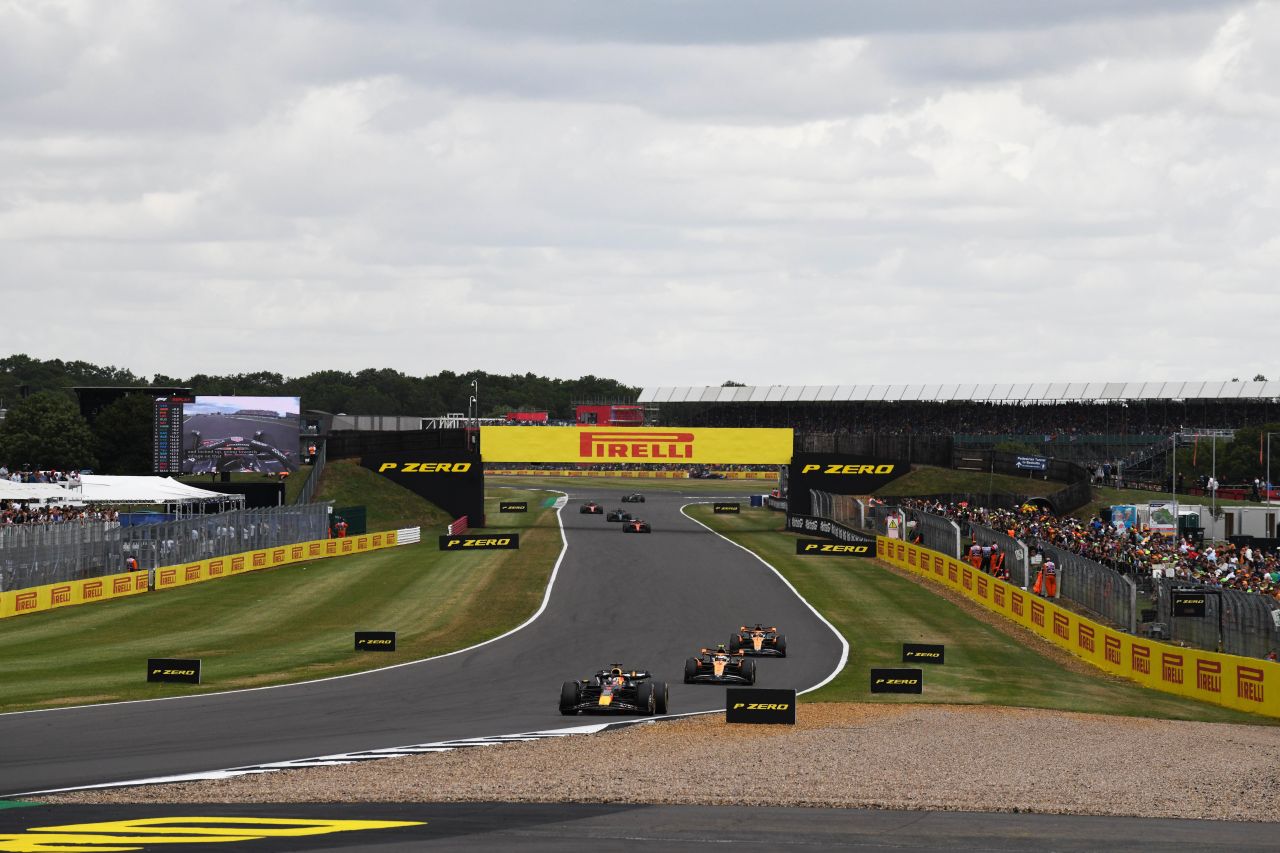
Well, it’s not necessarily F1 that is pushing this trend, rather, it’s the organisers. Hosting a Grand Prix isn’t cheap and it isn’t getting cheaper. To justify and generate that revenue isn’t easy and the owners of traditional European circuits are struggling to keep up.
Let’s use Malaysia and Singapore as examples here, because they’re particularly prominent in this regard. Malaysia had an F1 race from 1999, but this was discontinued in 2017. Financial reasons were the cause, as the event drew tourism to the country as intended, but the Sepang International Circuit was relatively in the middle of nowhere.
Seeing sweeping helicopter shots of palm trees and open fields is nice, but international tourists won’t travel halfway across the world to see it in person.
Singapore, though, is different, as this takes place in the heart of the city and the event shows off the beauty of this Asian Tiger’s skyscrapers and luxurious hotels. That is something that people might travel to see and that’s why nations are wanting street circuits over traditional tracks.
Doing this makes them more money, something that comes first and foremost ahead of the quality of races that Grands Prix produce. Eight of F1’s 24 races in 2024 are around street circuits, and we’d put good money on that increasing to half of all races before 2030.
When Liberty came into F1, they promised to “protect the heritage races”, but that’s increasingly looking like an outright lie. Formula 1 doesn’t “race as one”, it races for the money above the quality of races and the safety of its drivers and fans.


